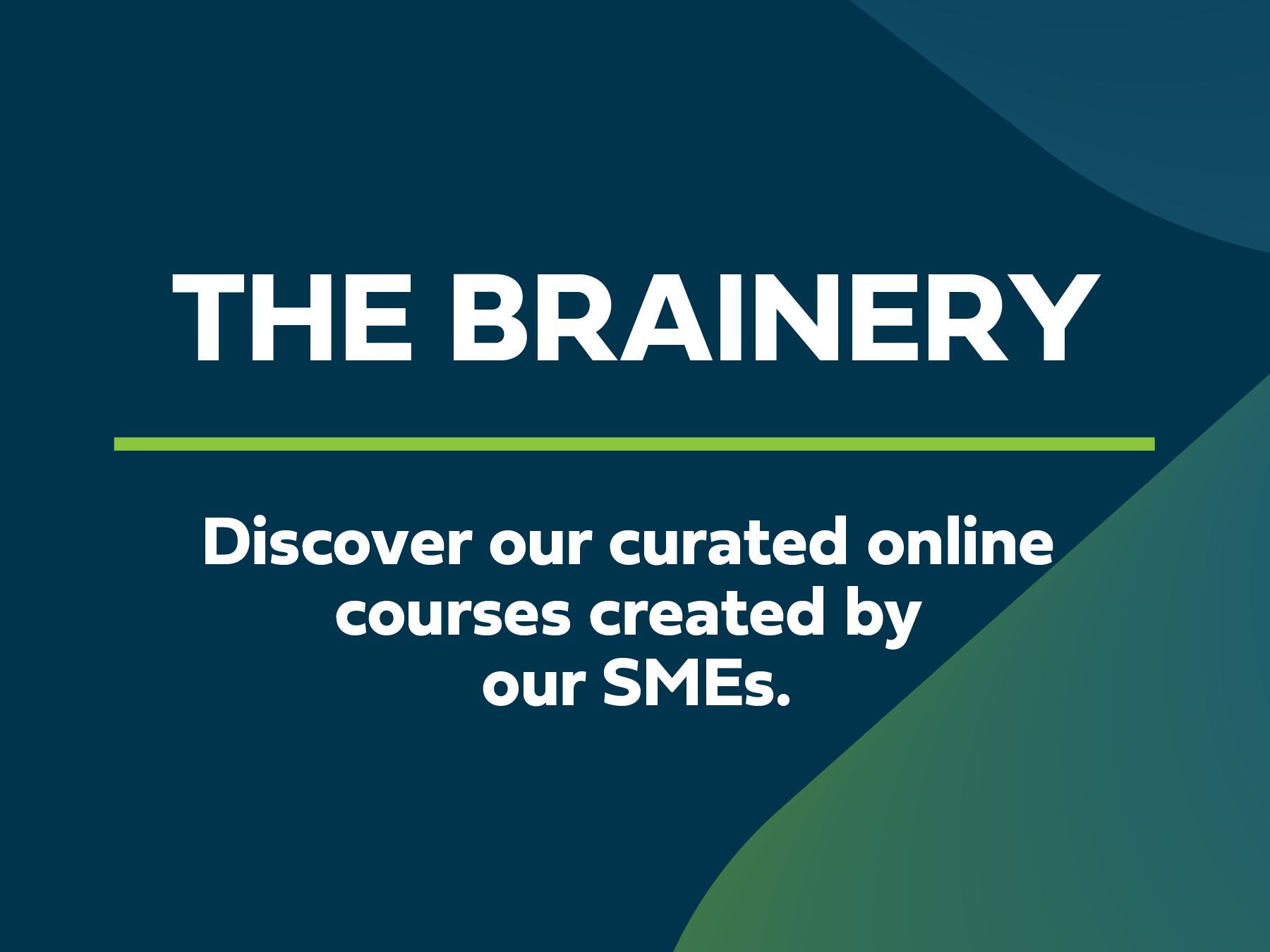
Fuel Your Mind With…
We want to do our part and make sure that new decision makers have the right tools, guidance, mentors, and coaches to help them make the right decision the first time, every time.
On-demand training videos developed by our industry experts
Easy-to-use simulation tools that will provide an 80-20 solution for typical production monitoring and optimization workflows
Technical articles and abstracts centered around energy industry knowledge and lessons learned
Functionality Testing Of Production Chemicals For Deepwater
This GATEKEEPER will discuss the key physical and chemical characteristics of each production chemical that must be evaluated prior to use in a subsea production system.
Downhole Tubing & Casing Material Selection: Offshore Production Wells
Material selection is a nuanced process. A primary assessment based on environmental and operating conditions enables identification of outright inappropriate materials and allows a general selection to be made.
Introduction To Layer Of Protection Analysis (LOPA)
LOPA provides a consistent basis for judging whether there are sufficient independent protection layers against hazardous events to achieve the risk reduction required to achieve such an explicit target.
H2S Scavenging: Amine Systems
The amine selected, as well as the concentration of the solution used, will result in different selectivity of H2S over CO2, mole-to-mole acid gas loading, and degradation of the amine.
H2S Scavenging: Using Triazine
This GATEKEEPER will discuss the use of triazine as a liquid H2S scavenger.
Corrosion Modeling: Comparison, Interpretation & Limitation
Corrosion modeling is a vital tool in the pre-Front End Engineering Design (pre-FEED), FEED, and operational stages of the life of pipeline and equipment systems.
Corrosion Modeling: Influencing Factors
This GATEKEEPER will discuss the basic factors influencing corrosion modeling, while a later installment will elaborate on the different corrosion models available and their respective advantages and limitations.
Subsea Integrity Management - Inspectability & Maintainability Review
Subsea Integrity Management is defined as the management of a subsea system or asset to ensure that it delivers the design requirements while not adversely affecting life or the health of the environment throughout the required life of the field
Gas Pipeline Drying Methods
A drying campaign is crucial to the commissioning of every natural gas pipeline. When done correctly, effectively and efficiently, the results can prevent hydrate formation during start up and also protect the ongoing integrity of the pipeline.
Introduction To Leak Testing
Leak testing, commonly confused with hydrostatic testing, is a means of verifying the quality of facility construction.
Corrosion Testing: Methods, Results & Interpretation
Corrosion in field conditions can be extremely slow, thus accelerated test methods have been designed to enable evaluation and prediction of long-term corrosion behavior. In general, corrosion testing is conducted by exposing small samples of a material to the desired environment for a relatively short period of time, then evaluating the type and severity of corrosion in order to select materials or chemicals that will maximize the life of the part in question.
Control Systems Part 3: Rules For Tuning Loops Prior To Startup
Control Systems Part 3: Rules for Tuning Loops Prior to Startup
Control Systems Part 2: Introduction To System Dynamics - Tuning Controllers For Initial Startup
This is part two of the GATEKEEPER series on control systems tuning. To effectively tune a control loop, there needs to be an understanding about the dynamics of the system.
Control Systems Part 1: Introduction To Control Systems & Controllers
This series of GATEKEEPERS will provide methods for using readily available process design data for determining effective tuning parameters before startup.
Slugging Management
Proper sizing of the flowlines and risers coupled with optimal choking and gas-lift will greatly reduce the risk of slugging and help in efficient management of slugs throughout the life of the field.
Paraffin Wax: Formation, Mitigation Methods & Remediation Techniques
Paraffin precipitation and deposition in flowlines and pipelines is an issue impacting the development of deepwater subsea hydrocarbon reservoirs.
Bacteria Testing: Genetic Methods
While one test cannot give comprehensive results, a combination of testing including genetic testing will be able to provide a more reliable and complete picture of the bacteria in the system than the use of MPN alone.
Pipeline Pigging Part 2: In-Line Inspection For Metal Loss
In this paper, the most commonly used In-Line Inspection (ILI) techniques, methodology and limitations applicable to detecting metal loss and wall thickness measurements are presented.
Pipeline Pigging Part 1: Cleaning Pigs & Pigging Strategy
This paper is the first part of a two part series and presents an overview of pig selection criteria for cleaning and maintenance of the pipelines, and covers high level guidance on establishing a progressive pigging strategy.



